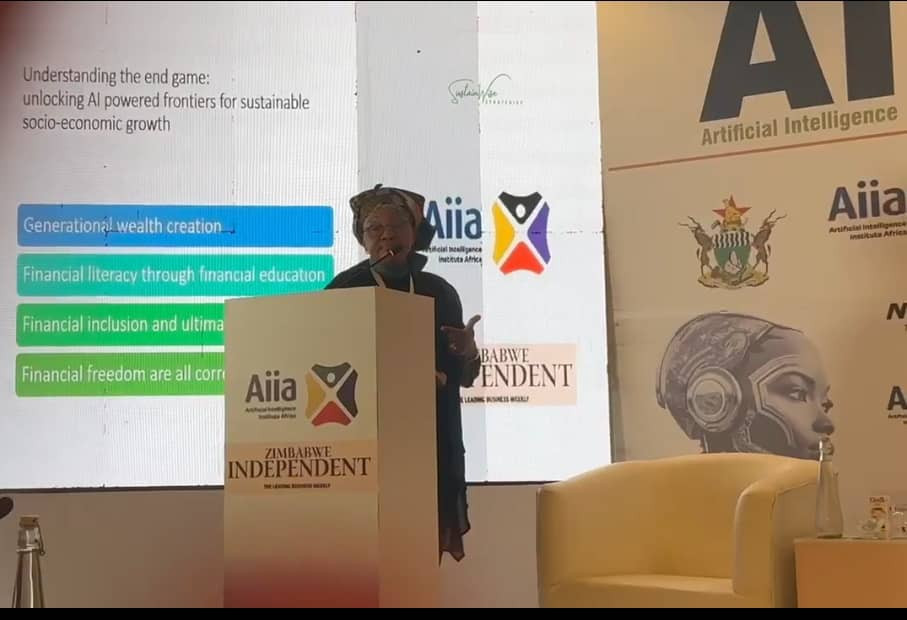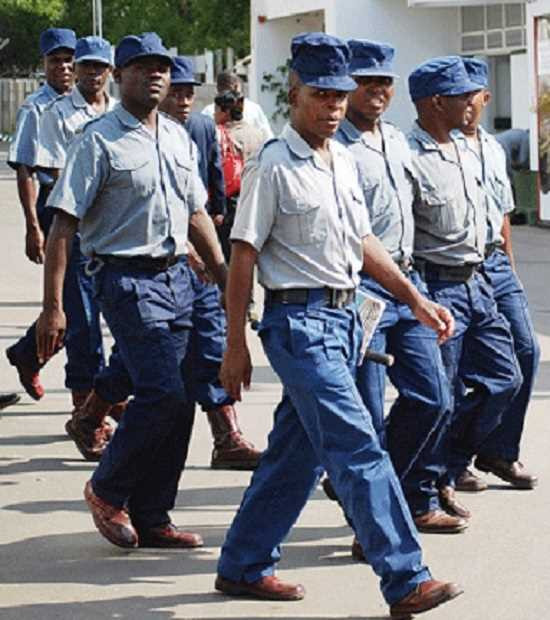
LOCAL think tank Akribos Research Services (Akribos) has warned of a possible poor economic performance in Zimbabwe with gross domestic product growth expected to be way below the government’s projected 4,6%.
Akribos said recession fears would hit hard on business and consumer confidence. The think tank also said inflation will be a problem for authorities.
“Looking ahead we expect volatility in global equities for the remainder of the year. Elevated inflation will likely keep central bankers on their toes as they take aggressive policy action to rein in stubborn inflation. We are of the view that investors are likely to take advantage of the buy-low opportunity, helping the markets recover and begin to stabilise,” said Akribos.
“However, recession fears are likely to weigh heavily on business and consumer sentiment, thereby slowing down economic growth. As downside risks persist, investors should consider their ability to withstand short-term losses and perhaps adopt longer-term investment strategies.”
The introduction of the gold coin and the halting of payments by Zimbabwe’s Treasury as measures to curb inflation and the exchange rate seem to have delivered the intended objectives, Akribos noted.
Since the introduction of the coins in July 2022, the uptake has been huge and the instrument remains oversubscribed, mopping up excess liquidity from the market.
As of August 26, 2022, a cumulative total of 6 799 gold coins had been sold out, of which 95% were sold in local currency, according to a Reserve Bank of Zimbabwe Press statement.
In early August 2022 Zimbabwe’s Treasury also took a step further to reduce the free-falling velocity of the local currency by suspending payments to its suppliers and contractors.
- ‘Inflation could shoot to 700% by April next year’
- New perspectives: Inflation control critical for economic growth
- Inflation spike: Why interest rates aren’t the answer
- Village Rhapsody: Govt must ensure that devolution works
Keep Reading
“These measures saw the headline year-on-year inflation increase at a decreasing rate compared to prior months to 285,01% in August from 256,94% in July, while headline month-on-month dropped significantly by 13,18% to 12,38% during the same period.
“In addition, the parallel rate remained stable around $750:US$1 while the auction rate depreciated faster, closing on the premium gap to end the month of August at around 50% (and) we believe that Treasury will likely continue to delay releasing payments to its suppliers and contractors to achieve convergence between the auction and parallel rates,” Akribos said.
“However, on the other hand, despite achieving stability, we expect the results to be short-lived. The temporary suspension of payments to suppliers and contractors has a trade-off effect on GDP as it slows the pace of ongoing projects in the agriculture, mining and infrastructural development sectors. We expect Treasury to lift the ban in the near term as it implements the 2022 supplementary budget ($$929bn),” added the think tank.
Due to limited access to forex through formal channels, Akribos said, most suppliers and contractors would continue to resort to the parallel market for the importation of raw materials.
“For raw materials that can be locally sourced, too much money will end up chasing too few goods. This will give inflation more legs to run and the parallel rate to further depreciate.
“On the other hand, if the worst-case scenario materialises of investors failing to redeem the gold coins at the prevailing international gold price through formal channels at the end of the vested period, we expect the gold coins to be discounted in the secondary market and this may result in loss of value. When this happens investors which seek to continue to hedge against inflation and exchange rate depreciation will likely shift their attention back to the US$ as a store of value and this process will see the further devaluation of the $,” said Akribos.
Against this background, the think tank maintains its view that inflation is likely to end the year above 400% while the parallel rate hovers between the lower and upper bound of $1 200-$1 500 against the US dollar.
- Follow us on Twitter @NewsDayZimbabwe










